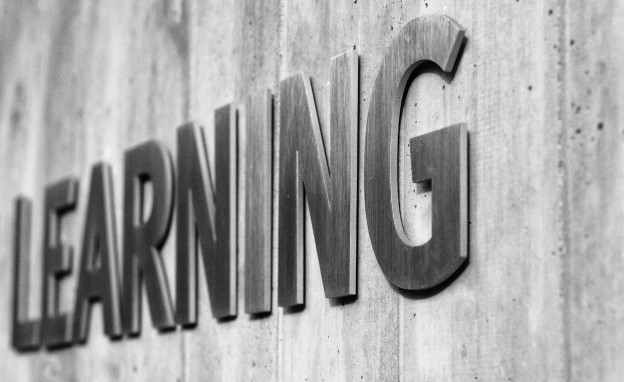This is the third of three blog posts on innovation by Eric Newton, innovation chief of Cronkite News at Arizona State University.
Washington Post executive editor Marty Baron gave a terrific speech last graduation season about the transition from print to the digital age. Among the many quotable quotes:
“The best journalism involves discovery. It involves surprise and wonder and excitement – and new knowledge.”
The same could be said for innovation.
At the Cronkite School at Arizona State, all students are required to enroll in a professional immersion program.

Photo by City College Norwich on Flickr and used here with Creative Commons license.
Innovation is built into the syllabus. When Cronkite News students work to get 360-degree video or drone footage on their website or their air, or experiment with Slack, or use the Trac federal data in stories, they are not only supplementing their storytelling. They’re satisfying a course requirement.
As far as it goes, that’s good. What we’ve been looking at recently are ways that an innovative news machine can help students and faculty beyond Cronkite News.
Experiment with partnerships
Connecting innovation with a daily news machine should help faculty who already are innovating. Under Retha Hill, for example, Cronkite’s New Media Innovation and Entrepreneurship Lab already creates apps, game templates and VR experiments. But when she partners with Cronkite News — and with their partners — it increases the number and types of experiments.
That raises a larger question: Shouldn’t our “teaching hospital of news,” under the right conditions, be able to grant “hospital privileges” to those who work elsewhere at the university? Say a data visualization professor in the engineering school has students working on a random dataset. Why not partner with Cronkite News and find data related to a topic in the news? The result could be feedback from not one person, but from all the people who saw the data graphic.
Why can’t we apply the same ideas to the art school, the business school, the public policy school, or any other of the many centers, institutes and schools that make up ASU? We think we can. And we’re working on it.
True, some of these experiments will fail. Others may teach us things but won’t make any sense as part of the news stream. So we are working up CronkiteLab.News as a place focused on the new things we are trying. That way, when students working with Jacquee Petchel on a project such as “Hooked” win a DuPont Award for “high-quality, innovative” storytelling, we’ll have a place to explain how and why their investigation into heroin addiction was innovative.
In some ways, documenting experiments at Cronkite is harder than doing them. Cronkite News moves fast. We need to find the time and space to not just try new things, but also to track those things. Using Baron’s words, it’s the “new knowledge” that turns experiments turn into innovations.
None of this should diminish one fundamental fact:
Cronkite has been doing innovative things all along. Those include Tim McGuire’s teaching of innovation both in the classroom and online, Dan Gillmor’s Massive Open Online Course on news and media literacy, and Len Downie and Petchel’s unique News21 investigative program. The faculty as a whole agreed on a one-unit coding course for journalists as well as a host of new dual degrees, including master’s degrees, being developed with other schools on campus.

Photo by THINK Global School on Flickr and reused here with Creative Commons license.
Many creative professors populate journalism programs. Any good journalism school can list dozens of amazing ideas. Will they work? One way to find out is to connect them to daily news environments in which good new ideas can be tried, tracked and adopted. Journalism schools have several great advantages in the building of ever-changing newsrooms. Among the greatest of those: their journalists are an ever-changing group of students.
Actual teaching hospitals provide more than immersive education for medical students. They develop new models, processes, designs, tools, techniques and more. They serve their communities in ways commercial hospitals don’t. In “Searchlights and Sunglasses,” I argued journalism education can do it too. I still think it can, no matter how small or large the campus.
The students, the news they produce and the “new knowledge” from great journalism schools are hopeful signs that the best values of journalism values may yet survive and thrive in the 21st Century. As Baron put it: “Today, our profession feels shaken. But fear cannot be our guide. If there is one thing that must remain unshakable, this is it: That we will publish the truth when we find it and when the public deserves to know.”
Eric Newton is the first innovation chief at Cronkite News at Arizona State University, consultant to Knight Foundation on special projects and endowment grants. Eric Newton joined Knight Foundation in 2001 and served most recently as senior adviser to the president. In the journalism program at Knight, he helped develop more than $300 million in grants. Previously, Newton was founding managing editor of the Newseum, leading the content team at the world’s first museum of news. He started at California newspapers. As city editor, assistant managing editor and managing editor of the Oakland Tribune under Bob and Nancy Maynard, he helped the paper win more than 150 awards, including a Pulitzer Prize. Follow him on Twitter @EricNewton1.

